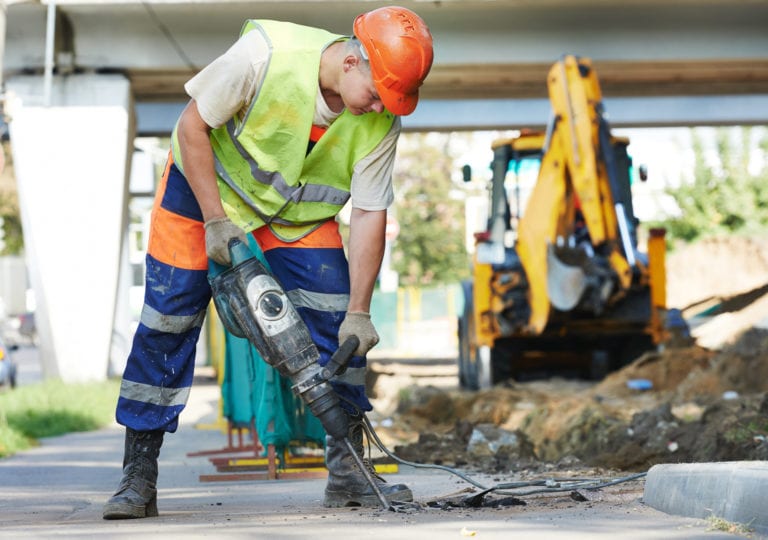The importance of accurately monitoring noise
Environmental noise is any unwanted sound created by human activity that is considered harmful or detrimental to our health, wellbeing and quality of life.
Policy makers and environmental agencies around the world have implemented a variety of noise management regulations that aim to control and reduce noise levels caused by industrial activity, construction, aviation, mining and energy generation. Compliance by businesses is often linked to threats of punitive action, while adherence via effective and efficient noise monitoring systems has positive implications for the businesses themselves, communities and the environment.
Due to rapid urbanisation, population growth and increased infrastructure, noise pollution impacts millions of people every day. In addition to being disturbing, research indicates that noise exposure can lead to hearing impairment, hypertension, stress, ischemic heart disease, psychological disorders, sleep loss and decreased intellectual/academic performance. It is particularly harmful for children.
The need to monitor and control environmental noise in the most effective and efficient way possible has never been greater.
How noise is measured
Noise levels are measured in decibels (dB). The louder the noise, the higher the decibels. The type of instrument utilised or solution implemented will depend on the individual environment (size, location, access etc.) requiring monitoring and the legal requirement for compliance with specific regulations.
To assess the impact of environmental noise pollution, measurements need to be captured and analysed — whether that is a short-term for a one-off project, for example at an event, or longer-term, such as ongoing traffic management planning or airport noise.
Acoem sound measurement solutions range from personal sound dosimeters for occupational or work-related exposure to noise, to hand-held sound level meters, multi-parameter measurement systems like acoustic cameras and complete permanent acoustic monitoring stations for large scale pollution surveys.
The importance of accurately measuring vibration
Continuous or even intermittent vibration can have detrimental effects on people and also on the existing built environment.
Even the slightest vibration from construction works, vehicles, aircrafts, or industrial activity can threaten the physical integrity of adjacent structures and buildings., causing external walls to crack, floors to shake or interior walls to move, dislodging of hanging artwork or even building collapses. Secondary impairment can also occur to sensitive equipment like computer systems and laboratory instruments.
It is essential for sensitive sites like museums, historic buildings and archaeological zones to closely monitor any excavation, demolition or building works that could potentially impact their integrity.
Workers who are exposed to high vibration levels on their bodies from operating machinery, driving vehicles or using hand-held power tools — especially over extended periods of time — may experience a number of health-related issues.
For personal occupational-related health and safety, vibration dosimeters are the recommended mechanism for monitoring.
How vibration is measured?
Vibrations can be measured by displacement, velocity or acceleration. Measurement equipment typically features an instrument to sense the vibration (accelerometer) and a device to measure the level of vibration. Your monitoring device will also have settings for measuring frequency, a frequency-weighting network and a display screen. The ability to transmit and/or store the data internally or via wireless connection to a server or the Cloud is likewise essential.
An accelerometer will produce an electrical signal that is proportional in size to the degree of acceleration applied to it. The frequency-weighting network simulates a person’s sensitivity to different frequency vibrations. Weighting networks generate a number as a measure of vibration exposure and is expressed as frequency-weighted vibration exposure in metres per second squared (m/s2) units of acceleration.














